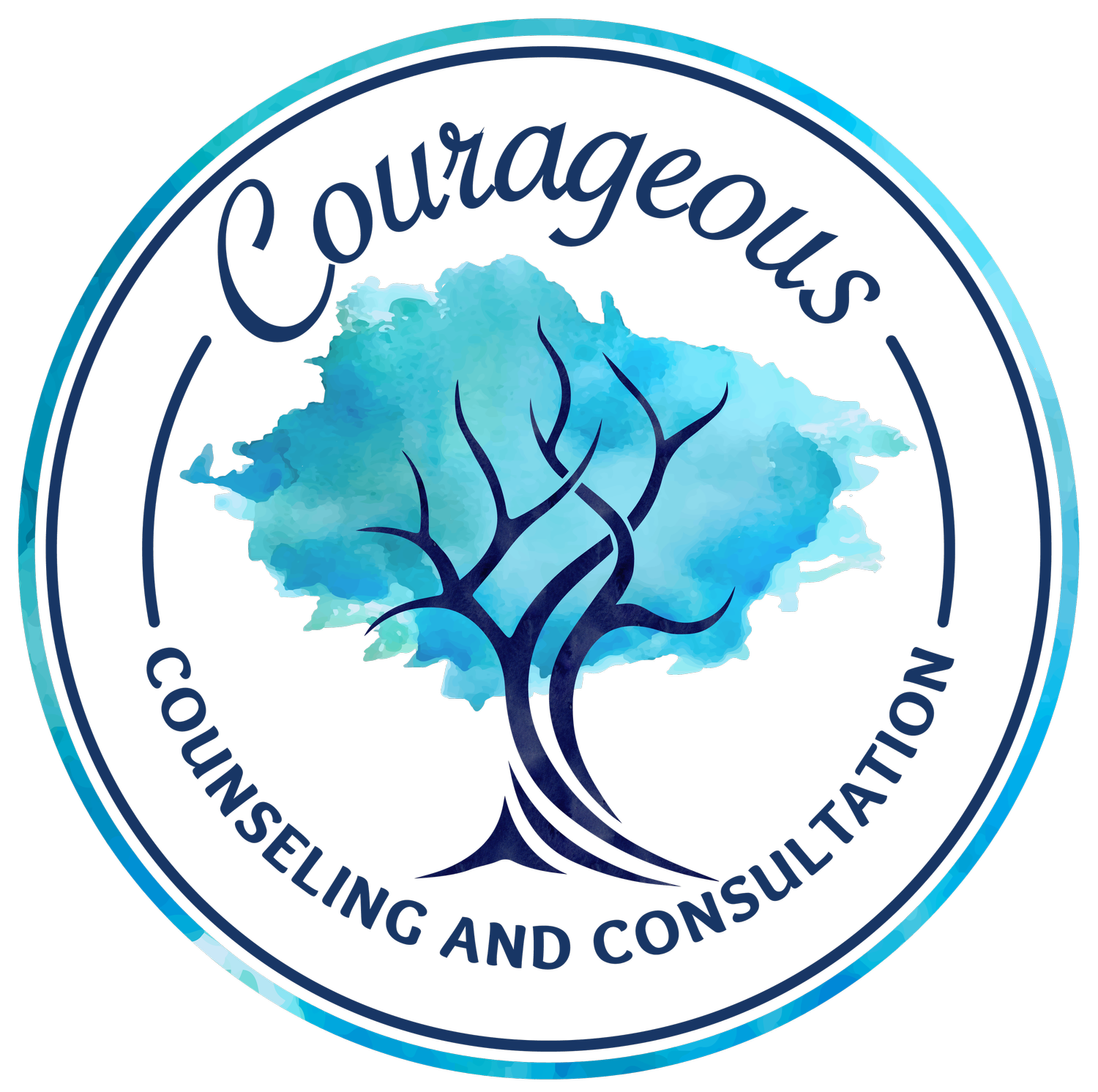How to Get the Most Out of Therapy
Therapy is a powerful space for healing, growth, and self-discovery — but just like with anything else, what you put into it can shape what you get out of it. Whether you are just beginning your therapy journey or looking for ways to deepen your current work, here are some tips to help you get the most out of the experience.
1) Do Your Research When Choosing a Therapist
Therapists come from different educational backgrounds, use different approaches, and specialize in a wide range of issues. Spend time reading their website, Psychology Today profile, or any other listings to get a sense of their expertise and tone. Choose someone whose background, values, and therapeutic approach feel aligned with your needs. The therapeutic relationship is one of the biggest predictors of success in therapy — so comfort, trust, and vibes matter!
2) Prepare for Your Consultation Call
Most therapists offer a brief consultation call before you schedule your first appointment. Come prepared with questions that help you feel more informed and empowered in your decision to choose a therapist. You might ask:
What is your approach to therapy?
Have you worked with people navigating similar concerns as mine?
How do you bring cultural awareness into your work?
Do you have experience working with clients with marginalized identities like mine?
Asking questions like these not only gives you clarity — it helps you advocate for the safe, supportive space you deserve.
3) Be Honest During Sessions
Therapy works best when you show up as your full, authentic self. Your therapist can only work with what you share, so honesty is key! Even if you are not sure how to talk about something – name that. Therapy is one of the few places where you get to bring your unfiltered thoughts, fears, and feelings without judgment.
4) Take Notes
Keep a dedicated therapy notebook or digital journal where you can:
Write down topics you want to discuss
Track insights that come up in session
List coping skills or action steps you want to try
Reflect on changes you are noticing
Writing things down helps solidify your progress and gives you a reference point to return to between sessions.
5) Apply What You Learn Outside of Session
Therapy is not just about what happens in the room — it is also about how you apply those lessons to your everyday life. This is where real change happens. Whether it is practicing a new coping skill, setting a boundary, or shifting your internal dialogue, taking action outside of therapy will be a big part of your growth.
In fact, a meta-analysis published in Cognitive Therapy and Research found that clients who complete their therapy “homework” or apply coping skills between sessions experience significantly better treatment outcomes.
When I first started my own therapy journey in my early 20s, my therapist recommended a book to help me work through something I was struggling with at the time. Between work and the stress of daily life, I just did not make the time to read it. Fast forward to 2024 – I finally read the book and… it was a life-changing experience. It gave me clarity, insight, and a sense of peace I did not know was possible. While I am so grateful for what it gave me presently, I wish I had made space for it back then. The younger version of me really could have used that wisdom.
That experience was a powerful reminder that the tools we are offered in therapy only make a difference when we actually use them. Growth takes intention – and even small steps outside of session can lead to big changes over time.
6) Attend Appointments on a Regular Basis
Therapy is most effective when it is consistent. For clients who are new to therapy or actively working toward specific goals, weekly or biweekly sessions are typically recommended. This frequency builds momentum and allows space for exploration and growth. Once a month sessions or less are usually considered a maintenance schedule, which may be appropriate once goals have been met and therapy is used more for ongoing support and check-ins.
7) Give Your Therapist Feedback
Your therapist wants to know what is working for you, and what is not. Let them know if you want more structure, need different types of tools, or want to shift the focus of your sessions. Feedback is welcomed and encouraged. It helps your therapist better support you and ensures your time together is meaningful.
8) Know When It Is Time to Move On
Sometimes even after giving it a good try, you may realize your therapist is not the right fit for you. That is okay! Most therapists understand and will not take it personally. If you decide to transition out, let your therapist know and consider having a final session to reflect and plan next steps. You can ask them for referrals to new providers or other therapy modalities that might be a better match for your needs.
9) Be Patient With the Process
Therapy is not a quick fix. Most people begin to feel some relief after a few sessions, but noticeable change typically happens between sessions 15 to 20 sessions, especially when you are actively engaged and practicing what you learn.
Setting Yourself Up for Success
Therapy is an investment in yourself. By being engaged, prepared, and open throughout the process, you give yourself the best chance to create lasting change. Remember, healing is not always linear – but with the right support, it is always possible.
Looking for a therapist who aligns with your needs and values? Learn more about Courageous Counseling & Consultation and how we support Millennial and Gen Z women navigating anxiety, trauma, and life transitions.
